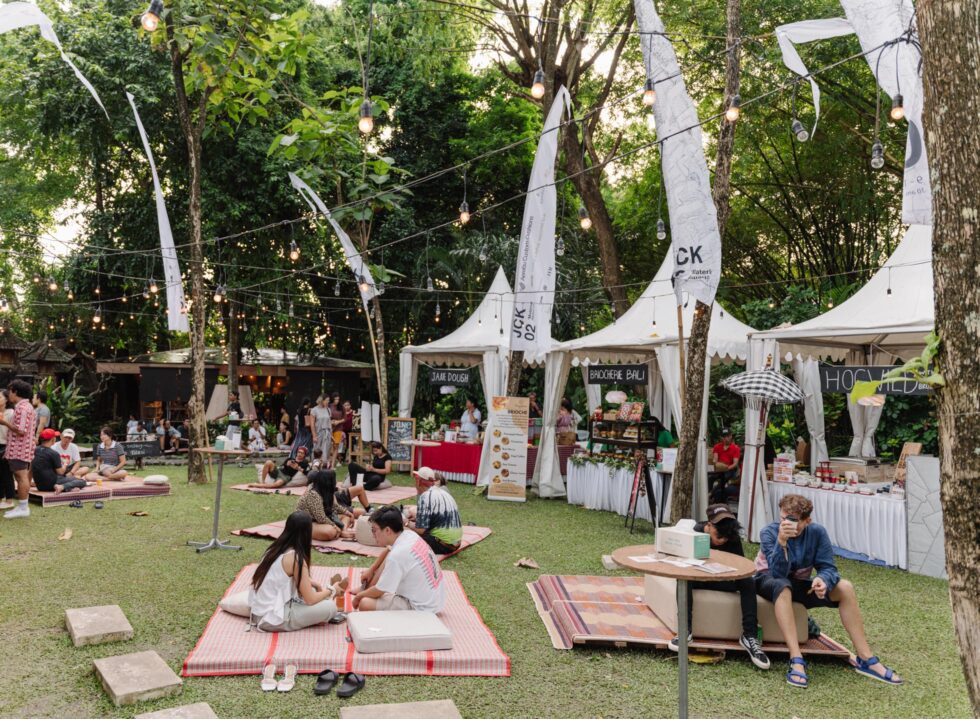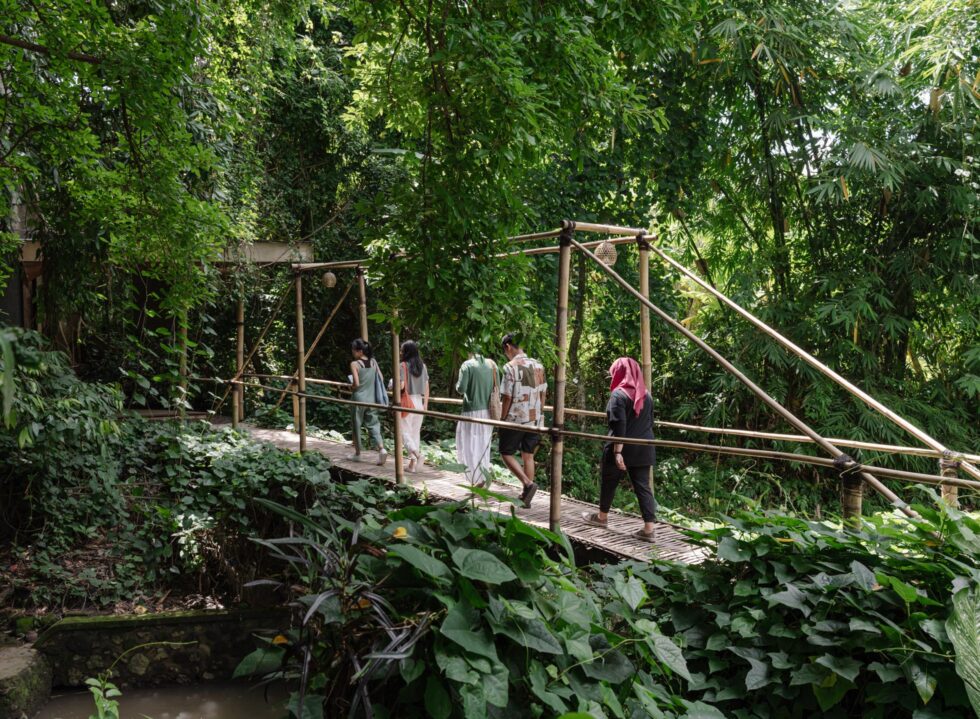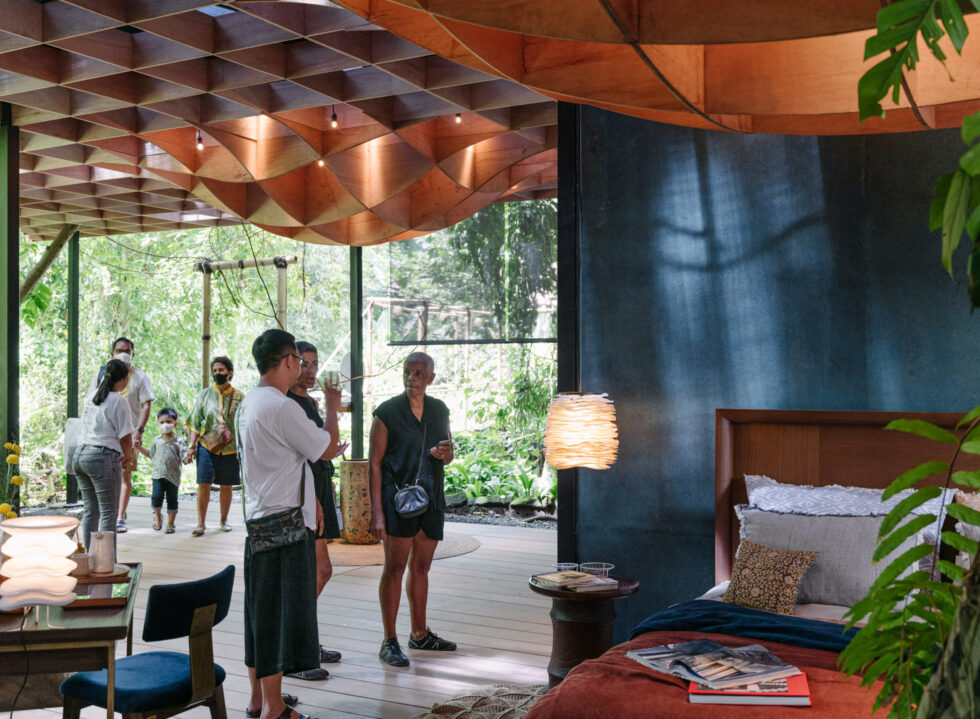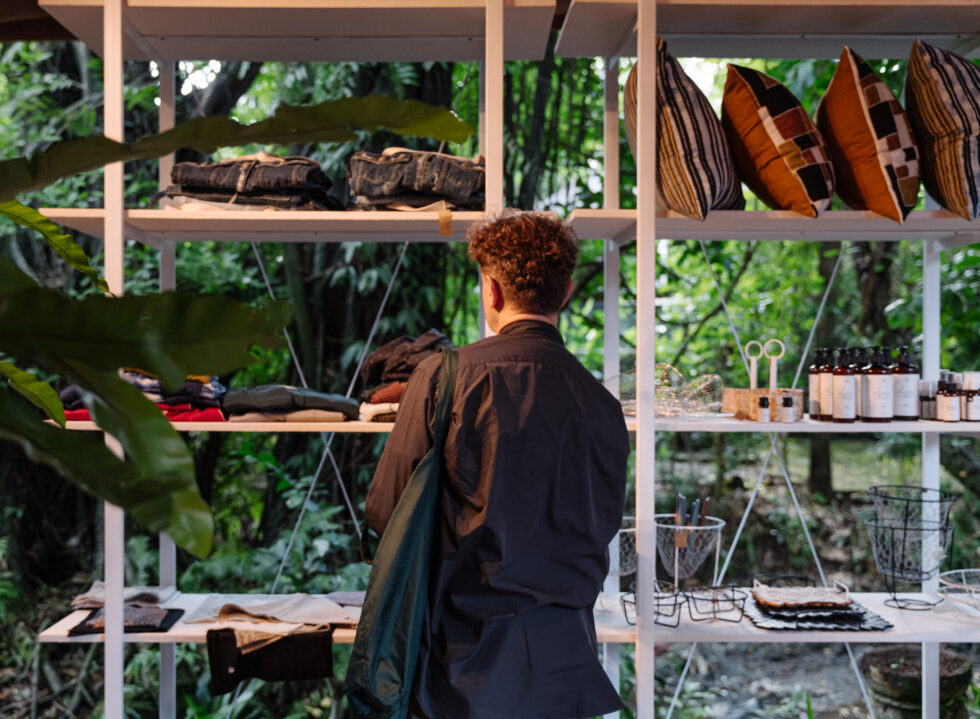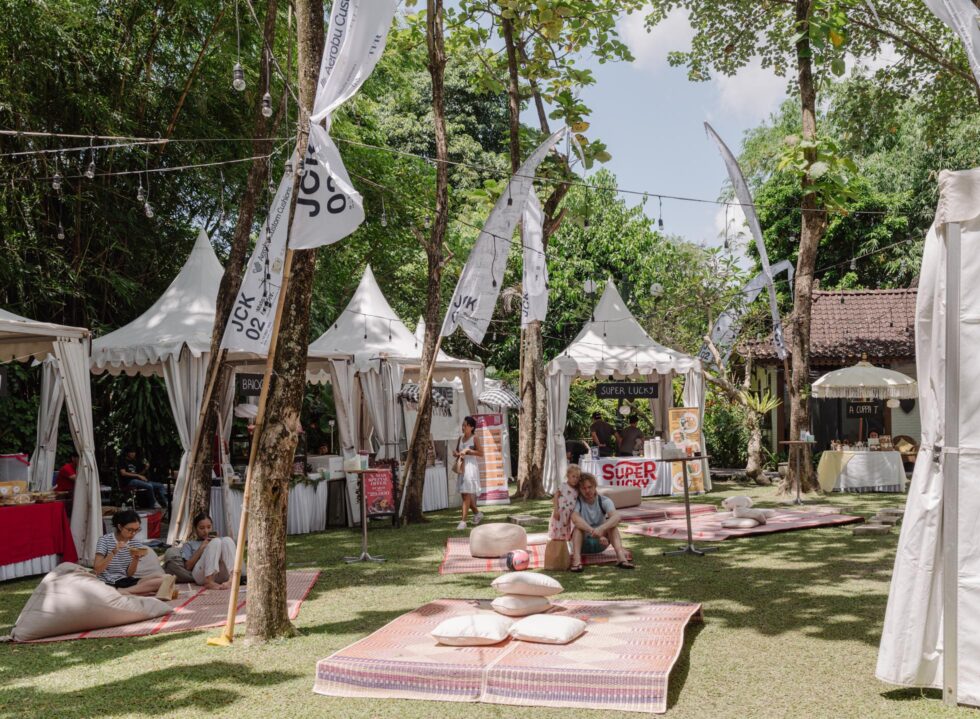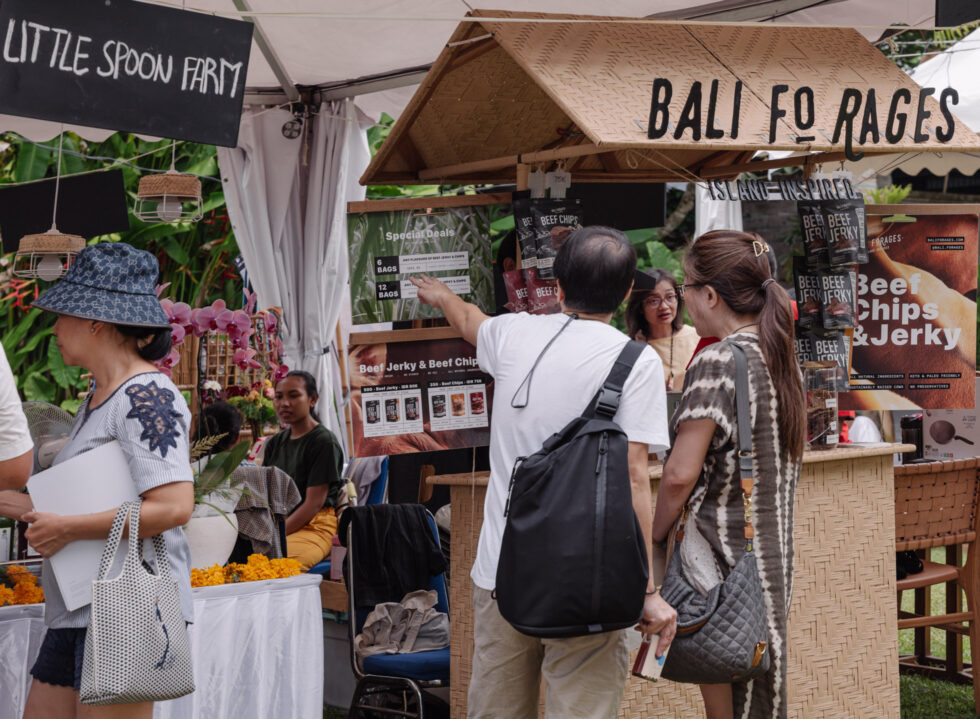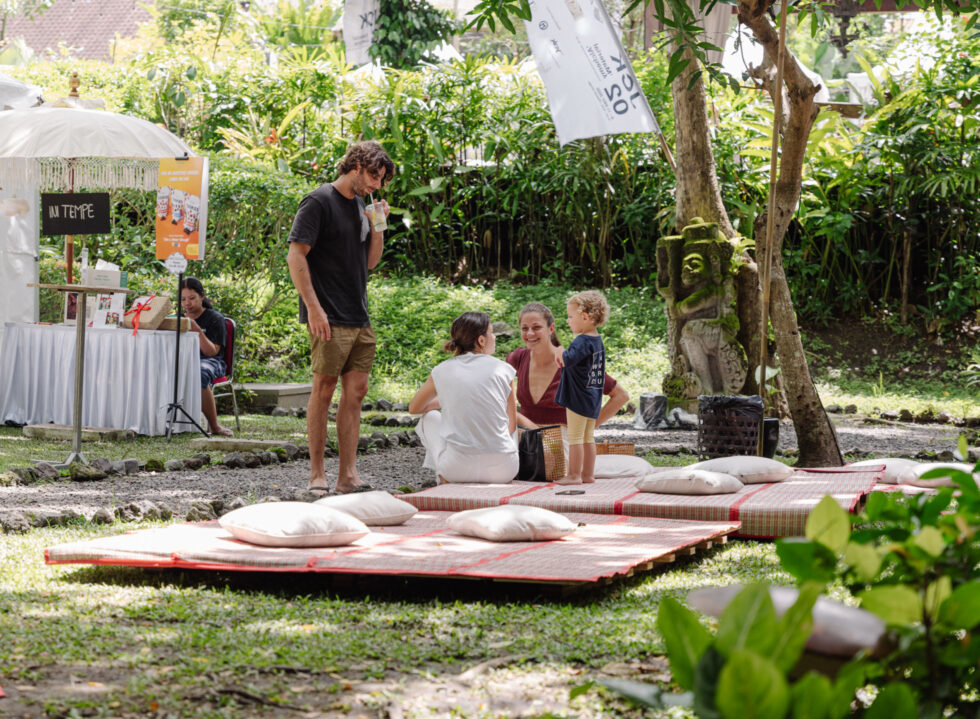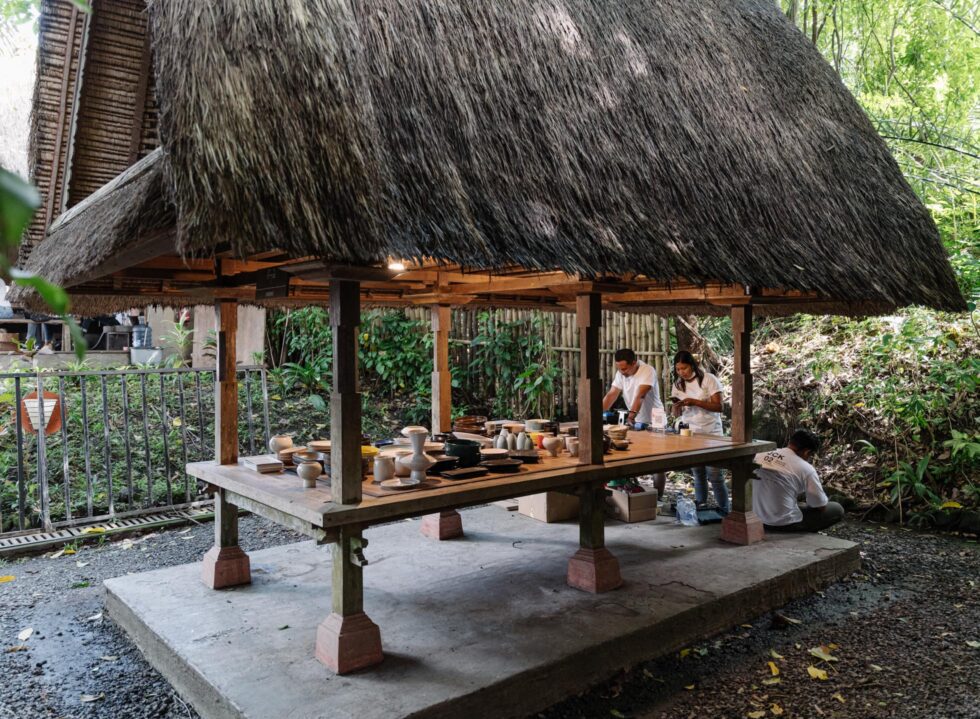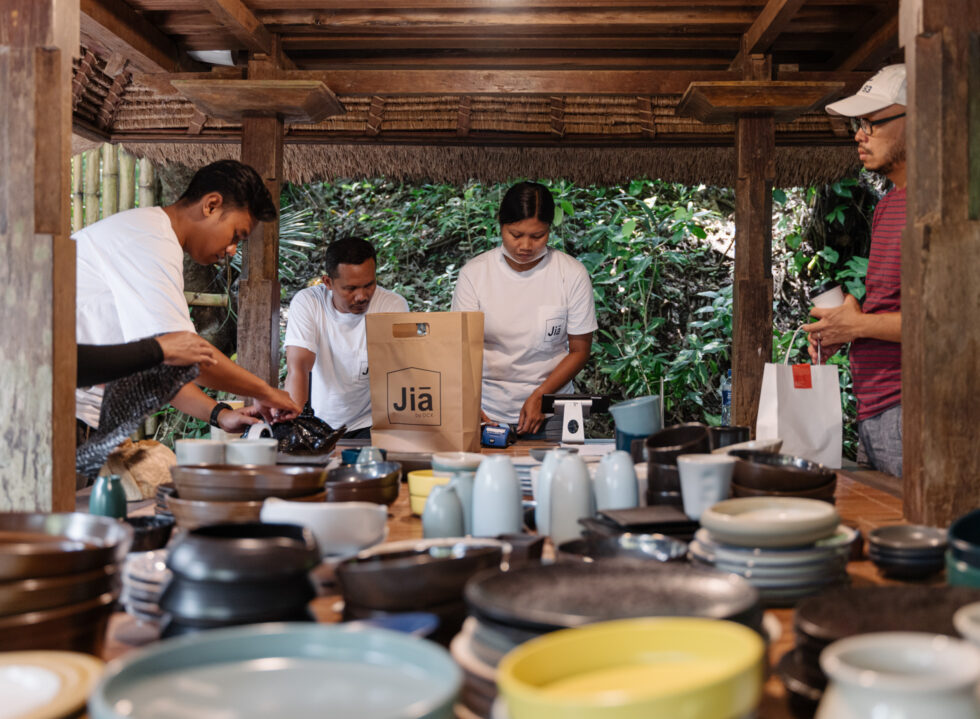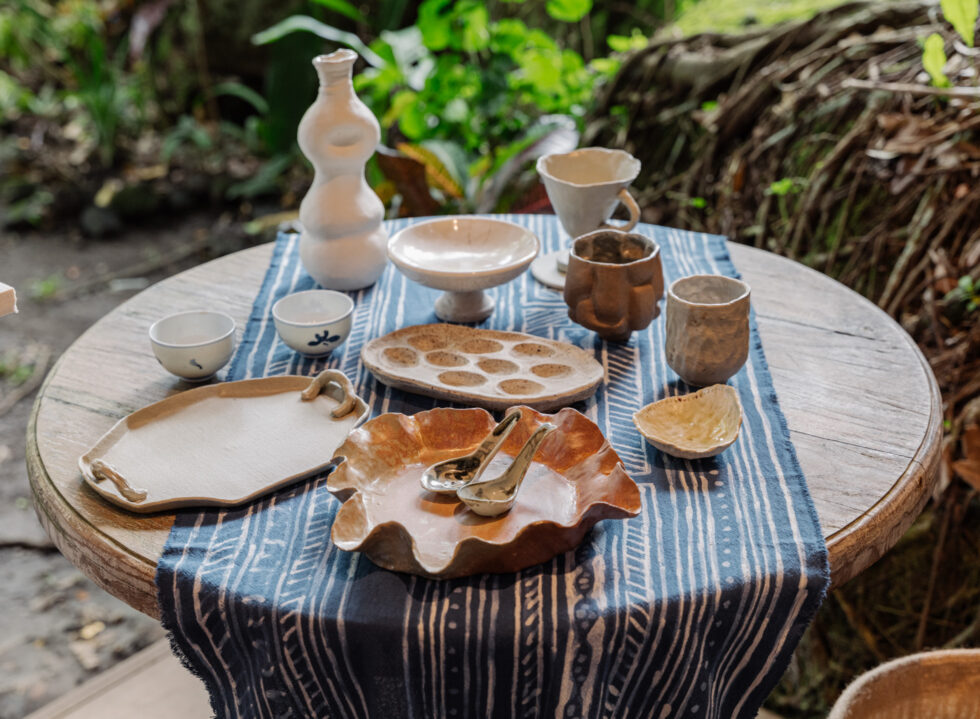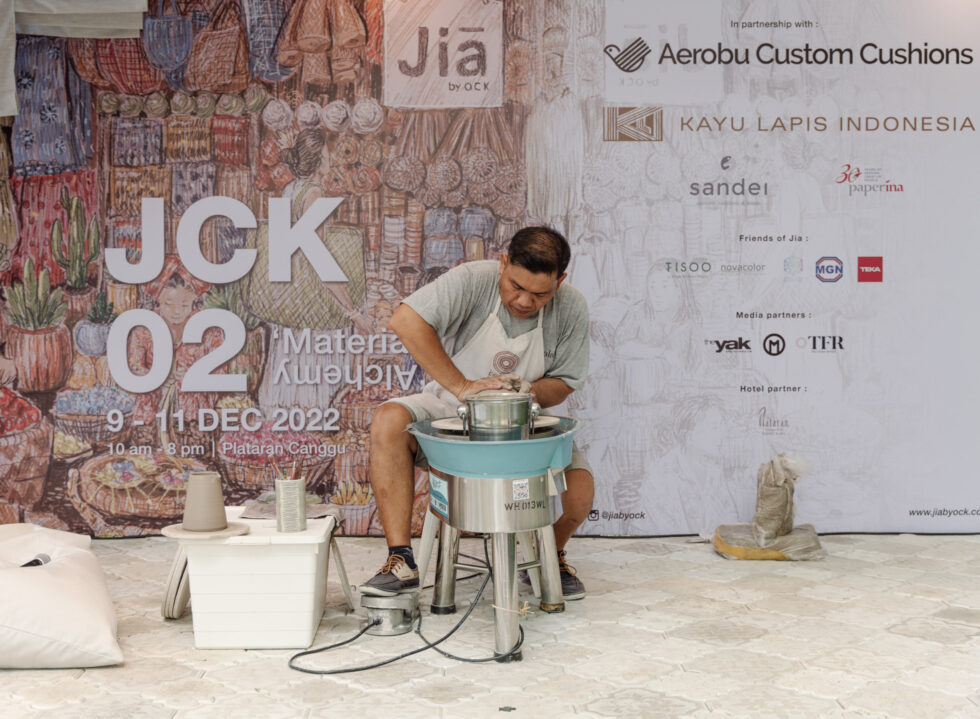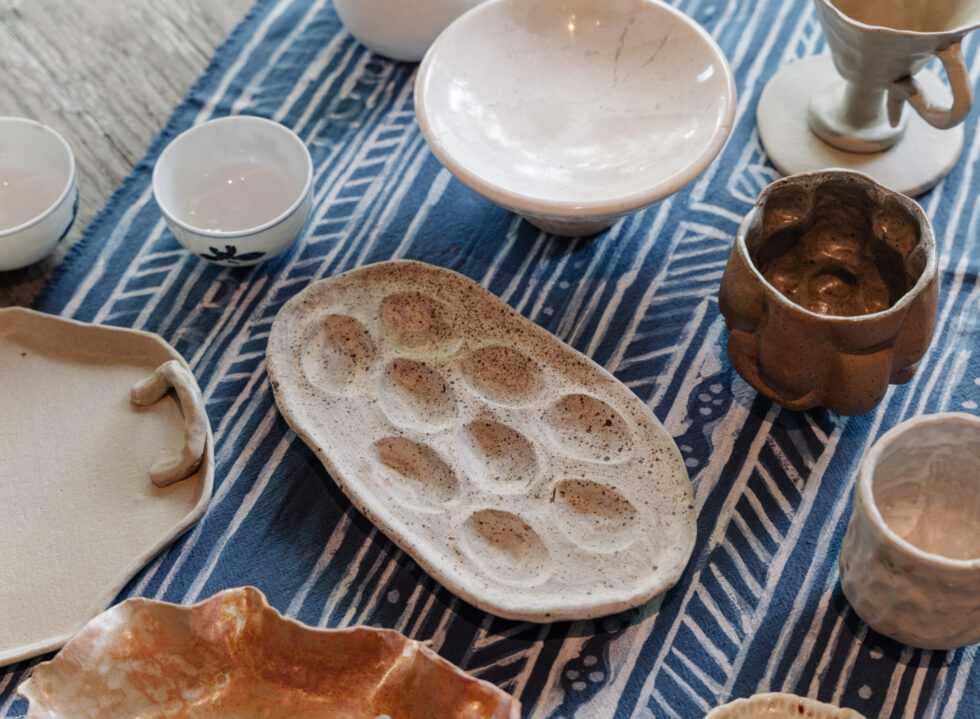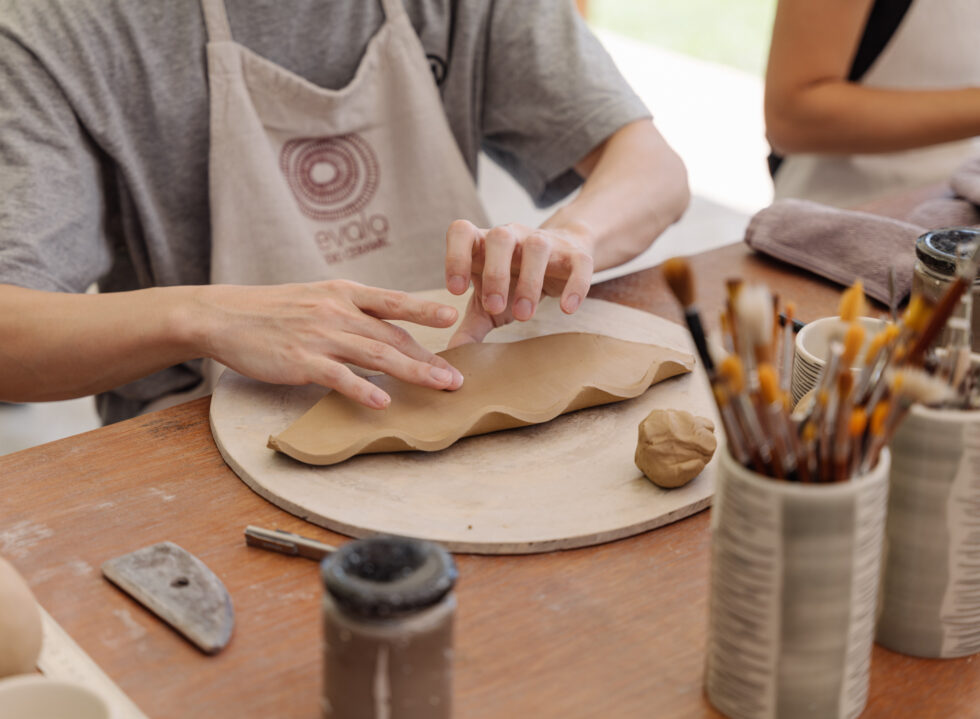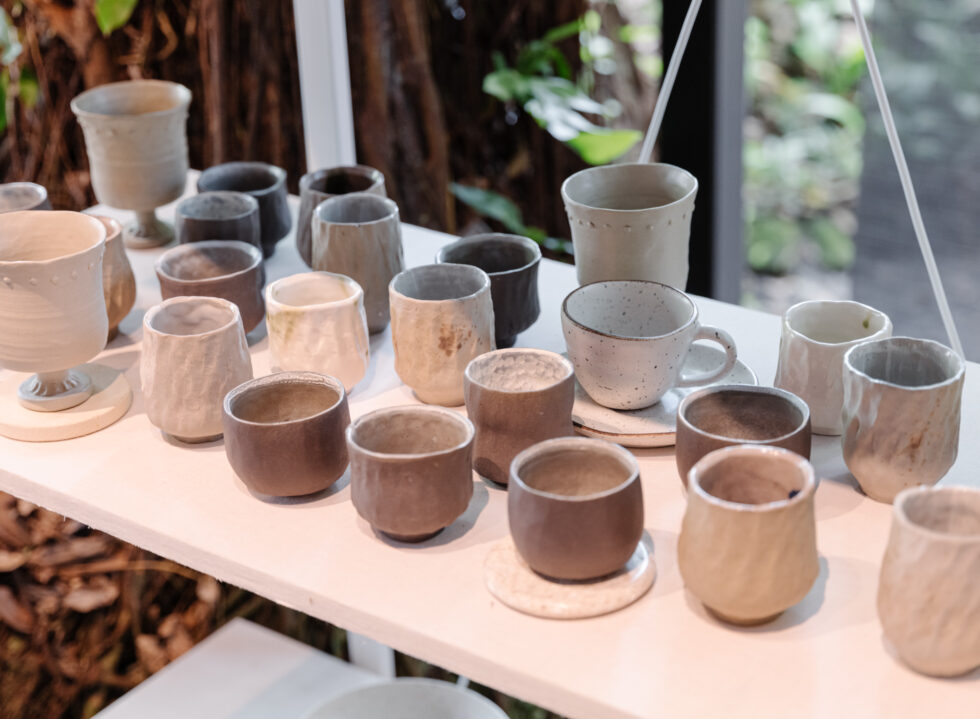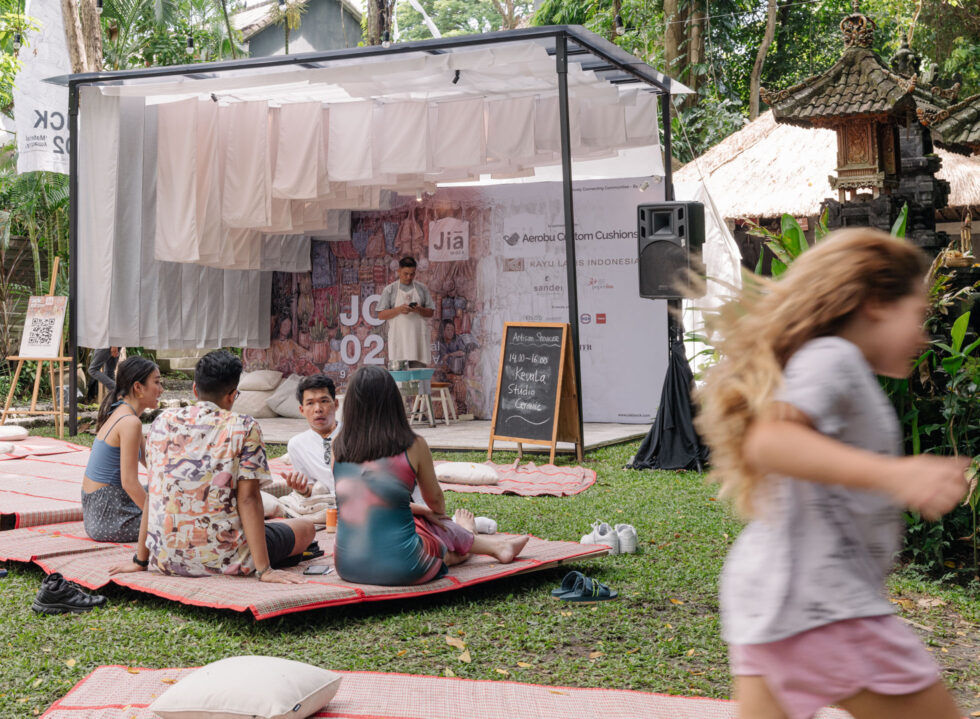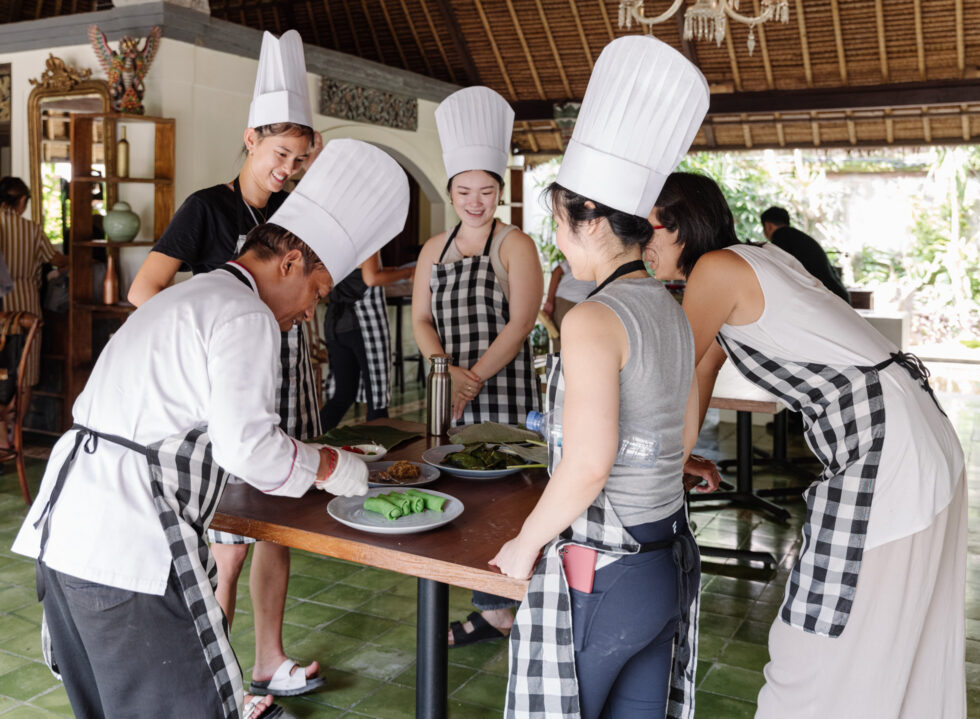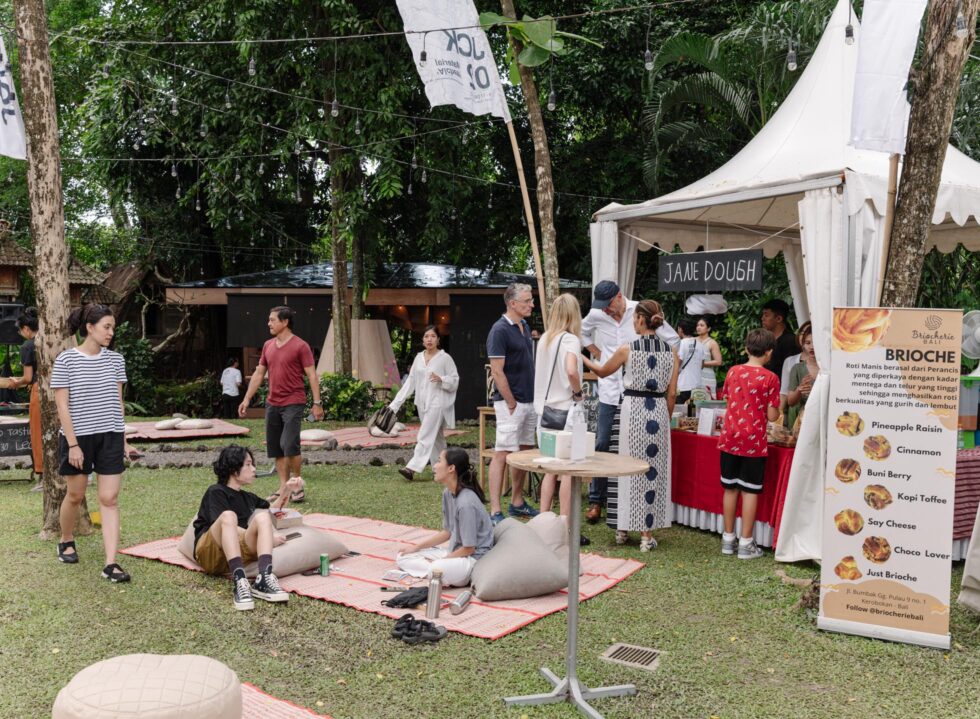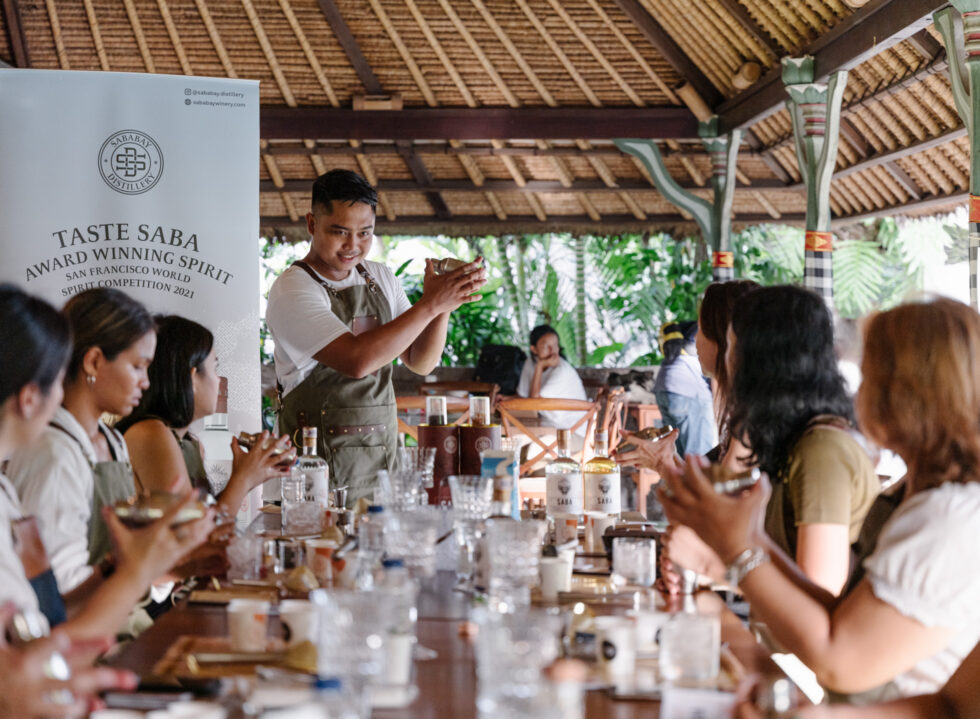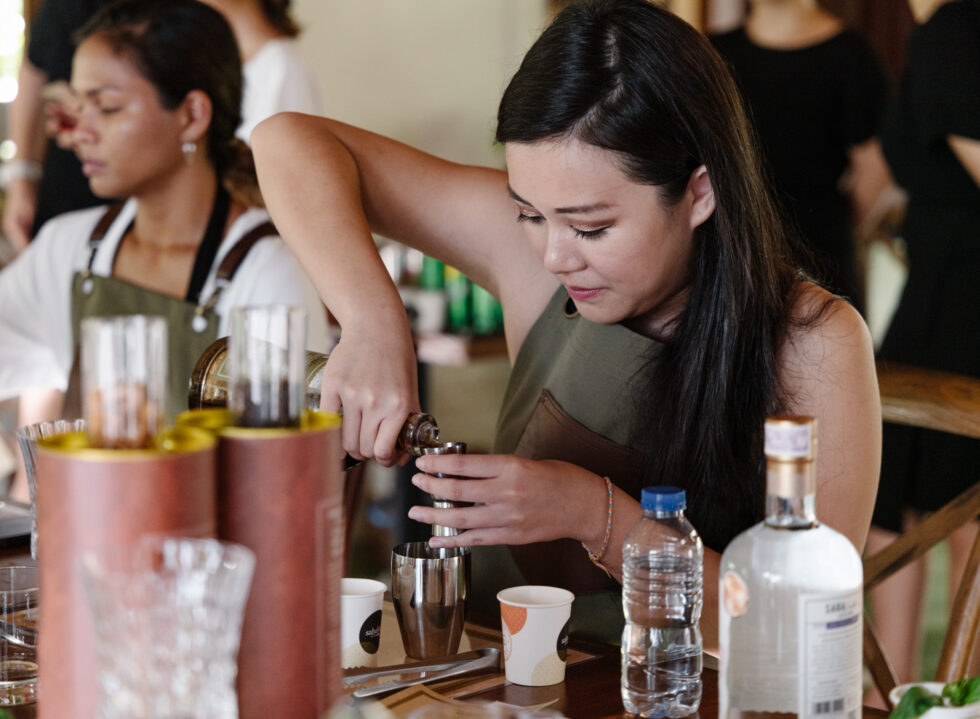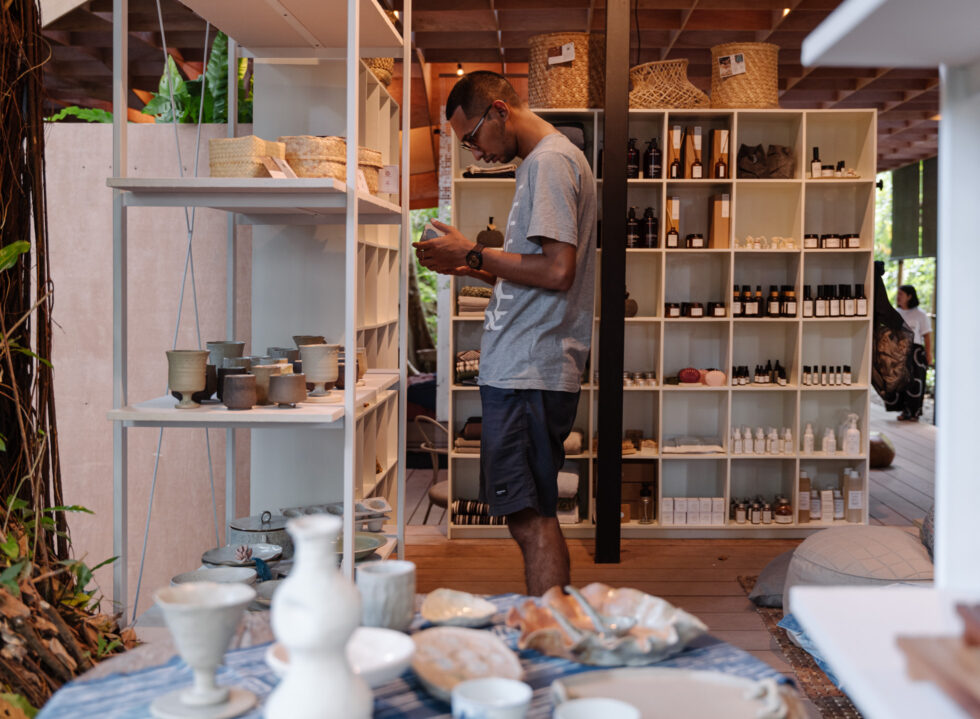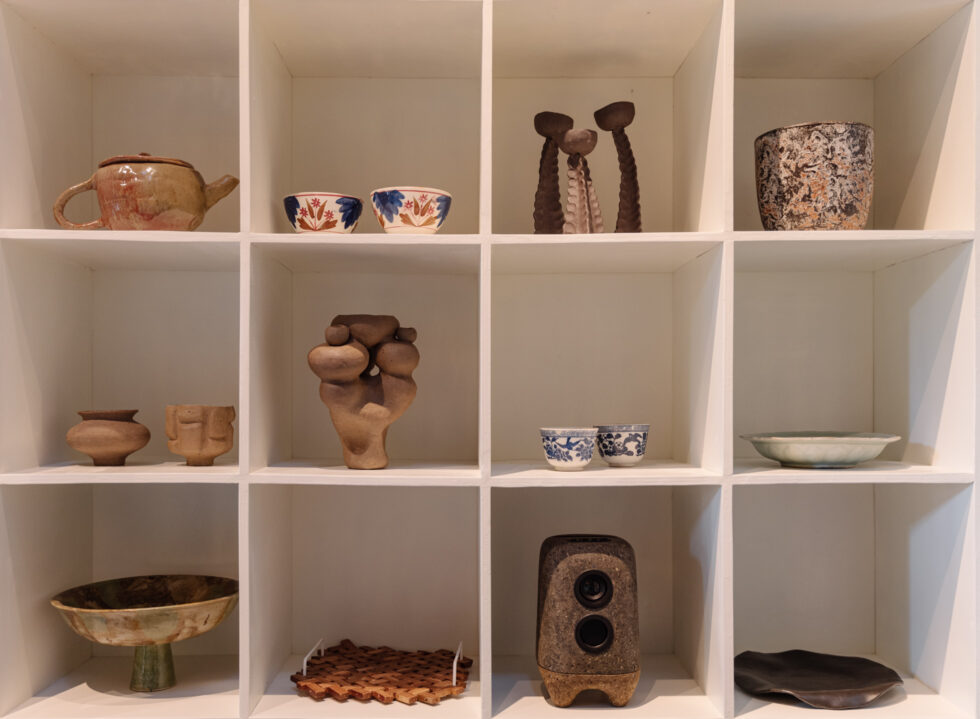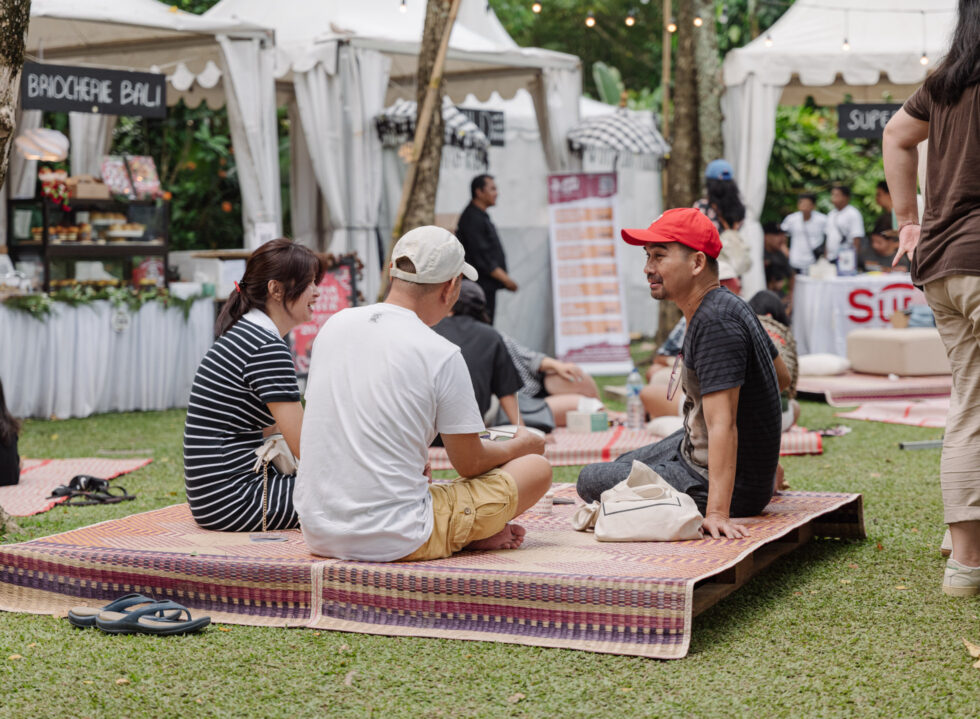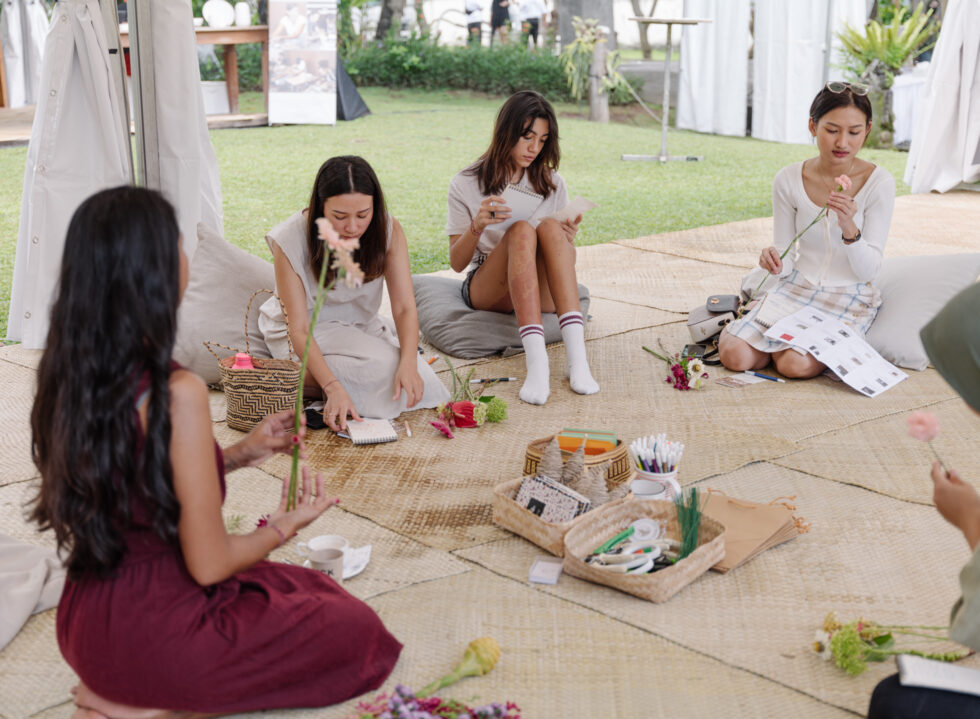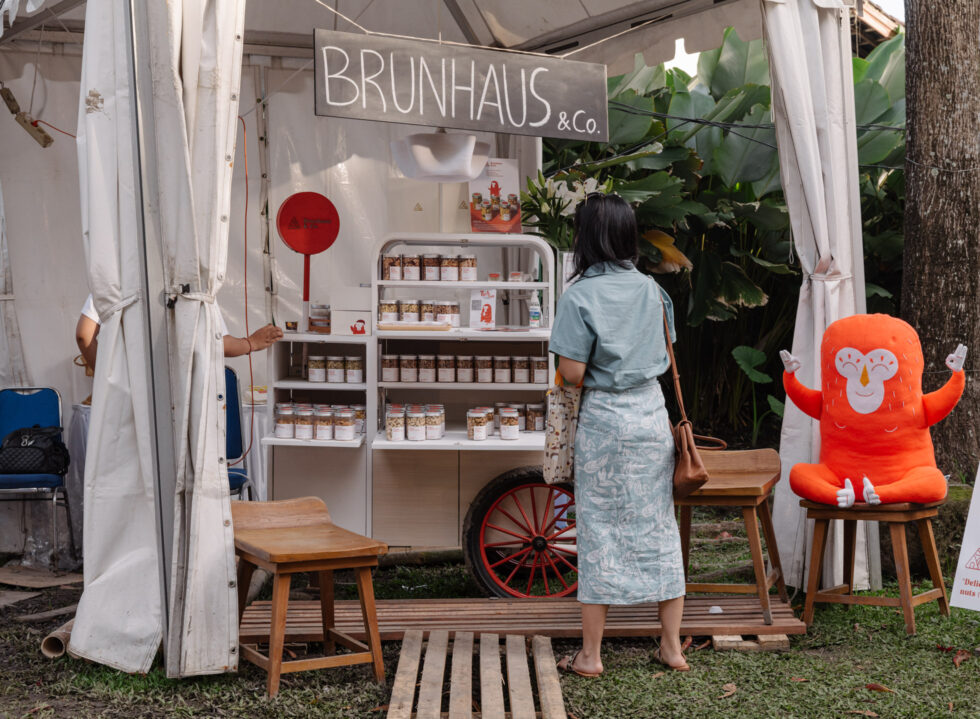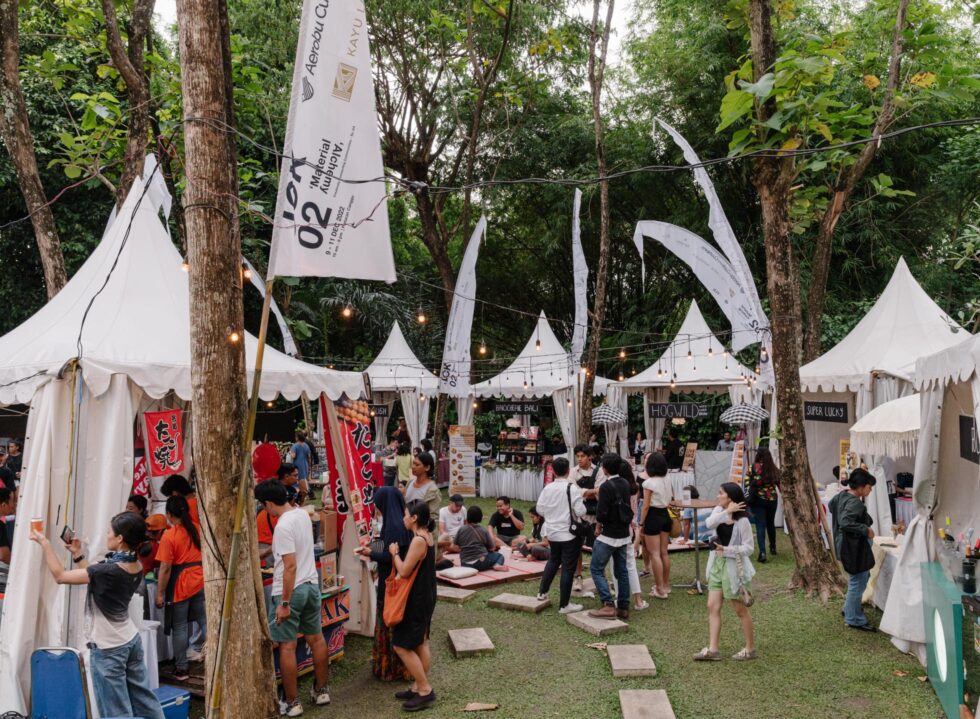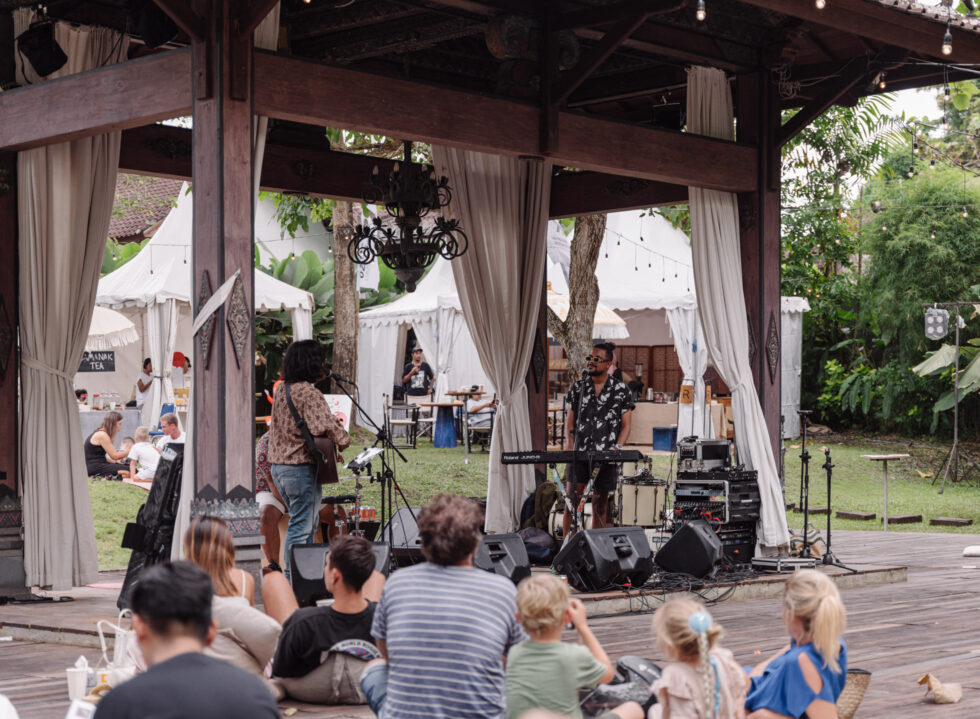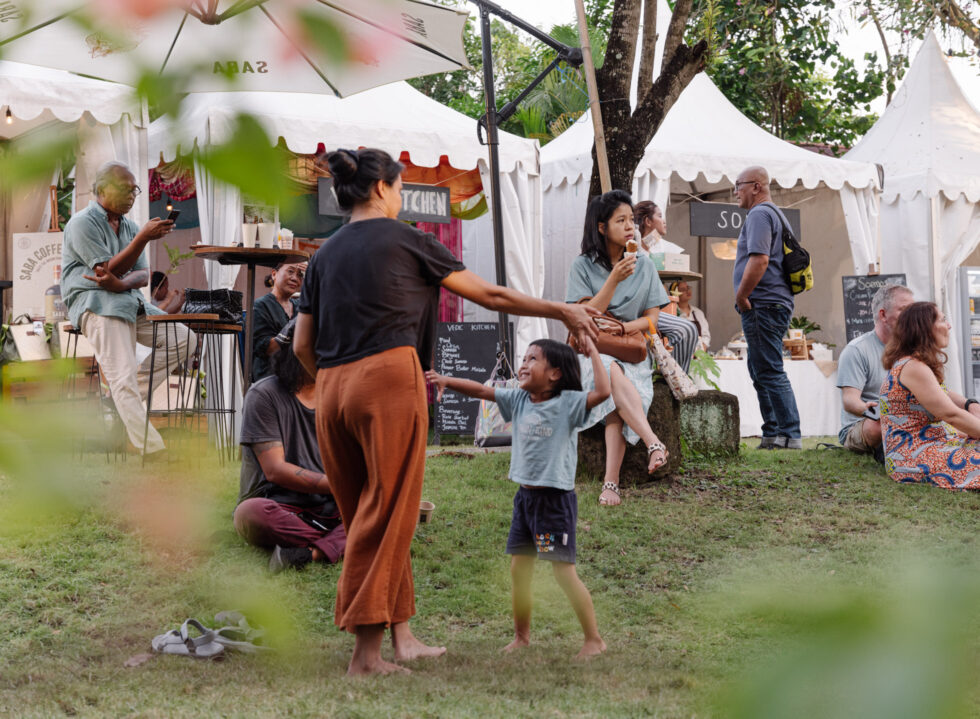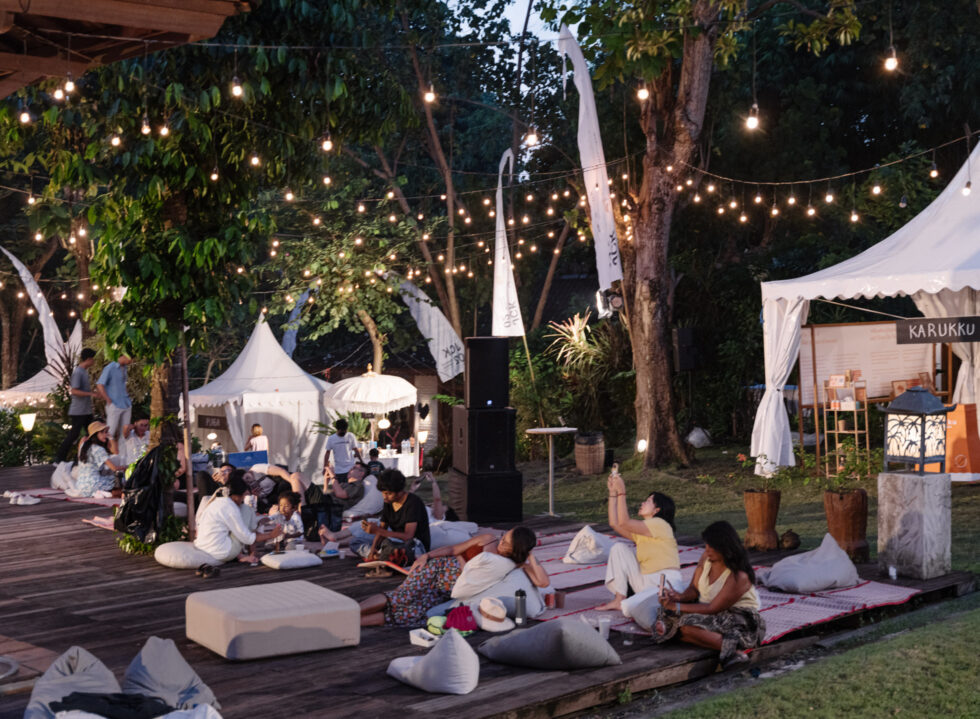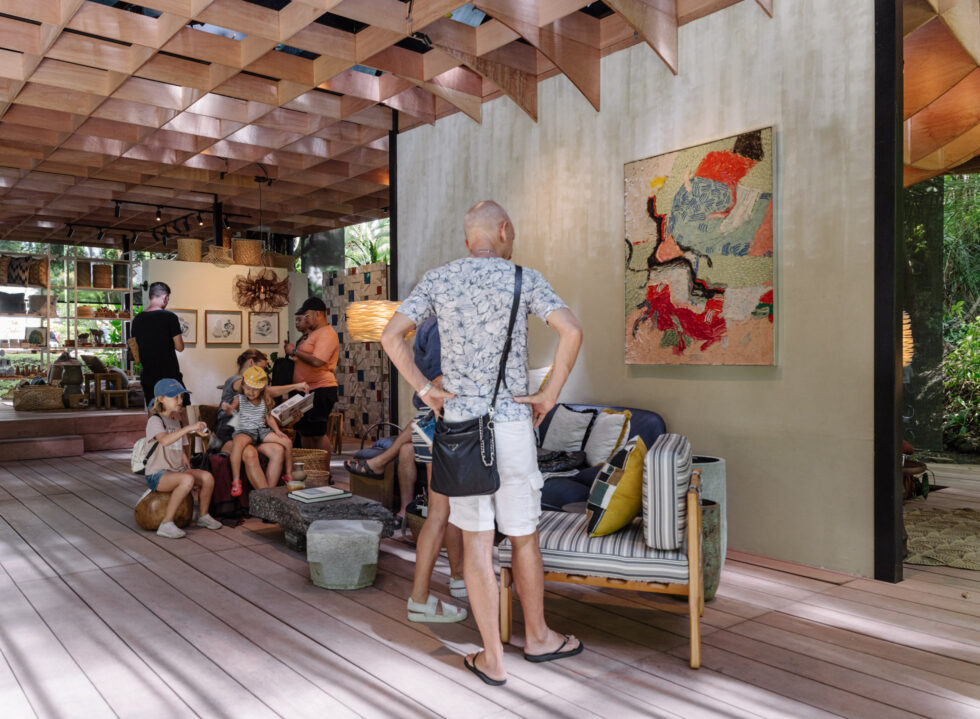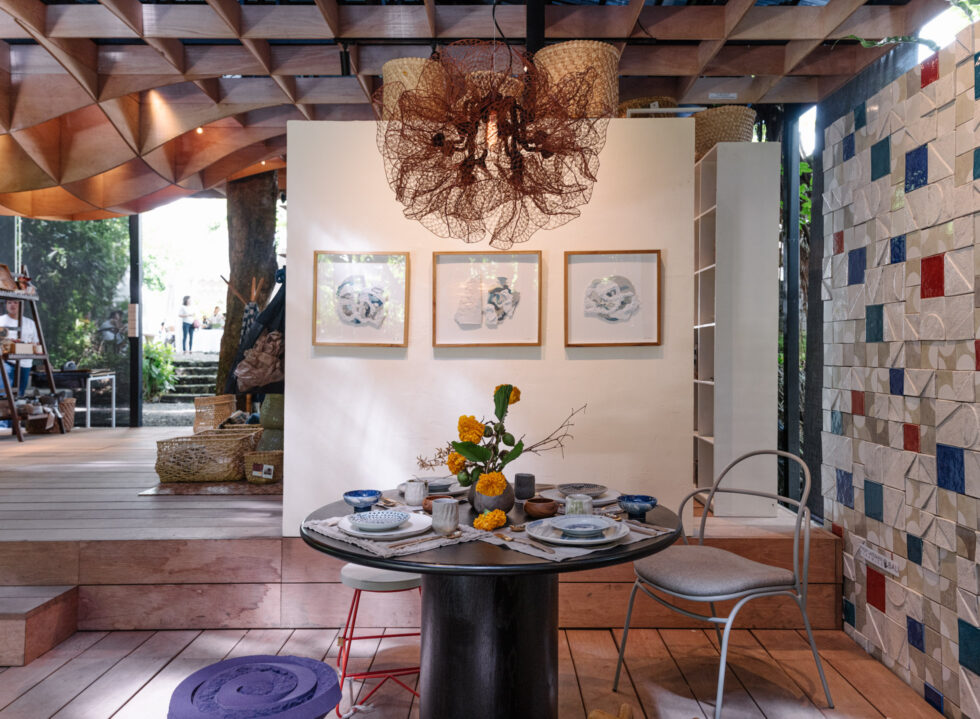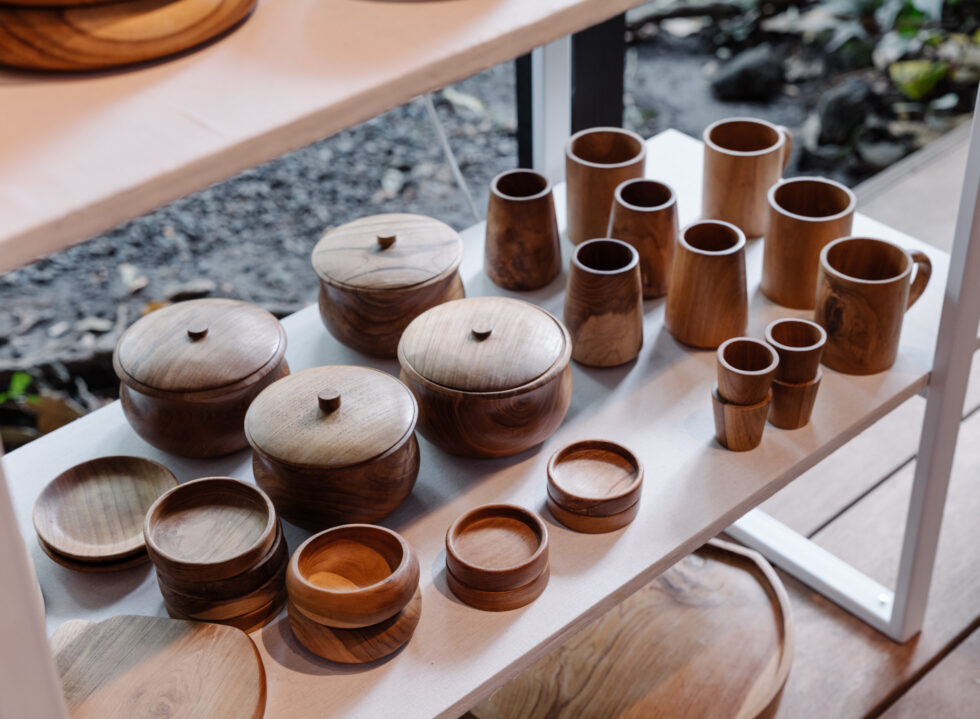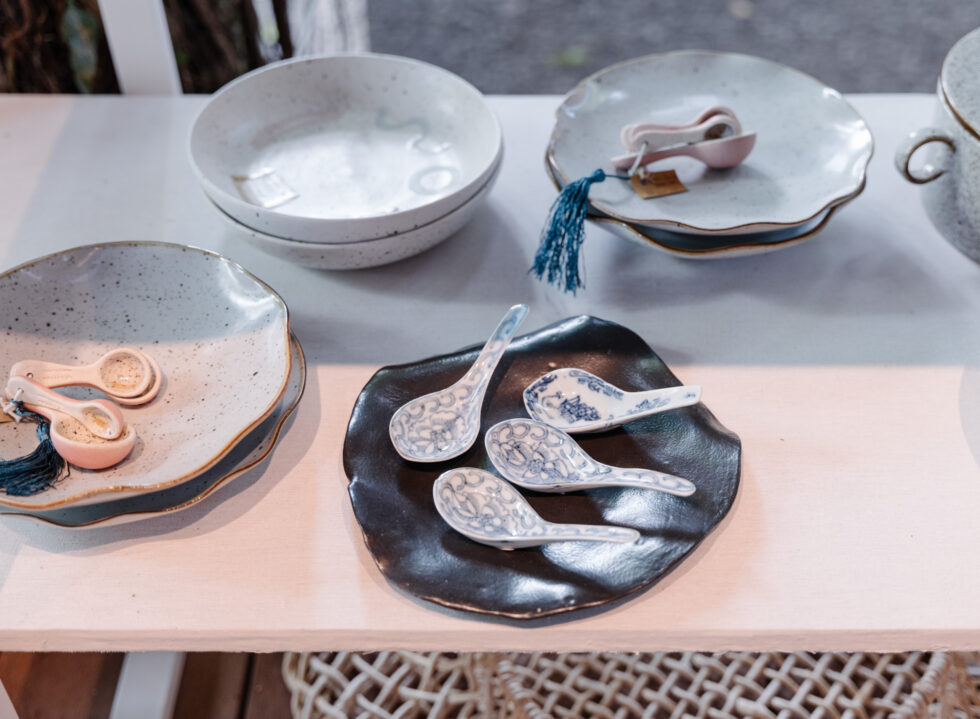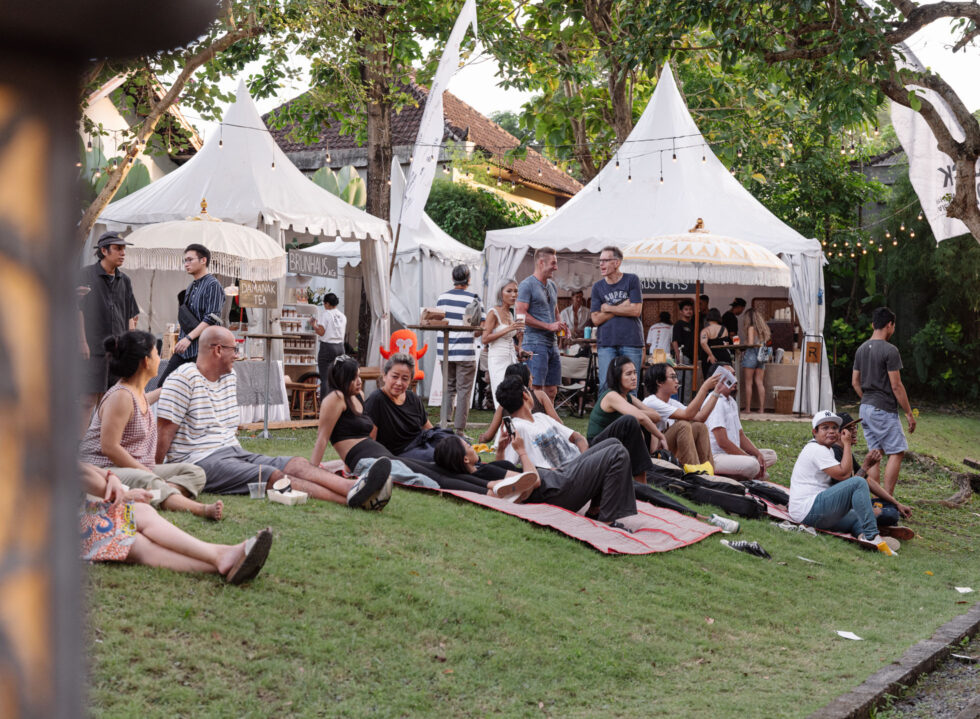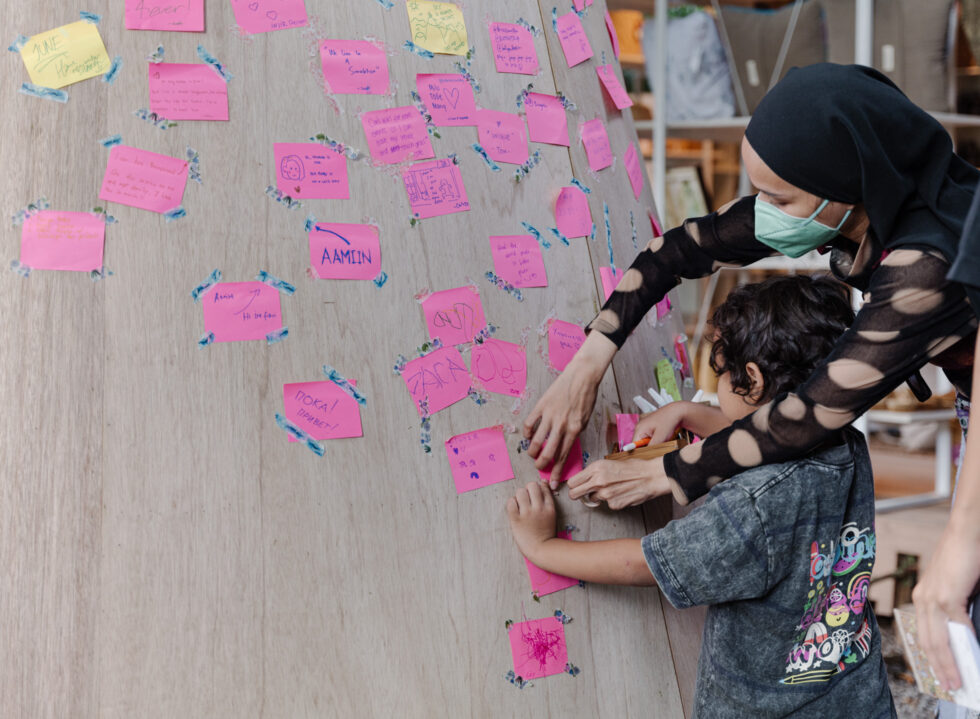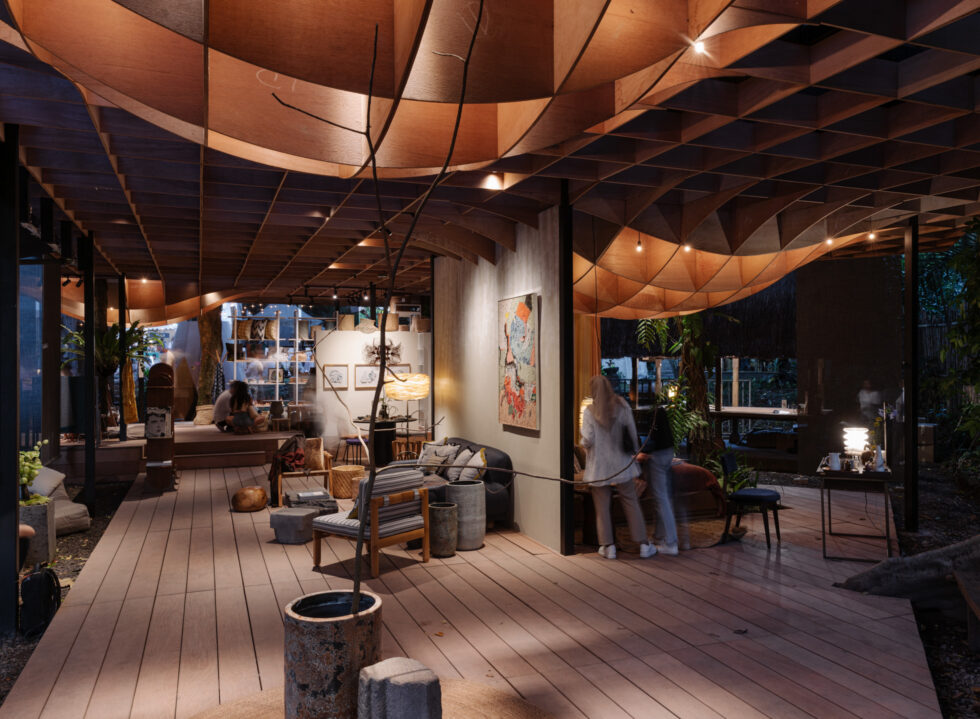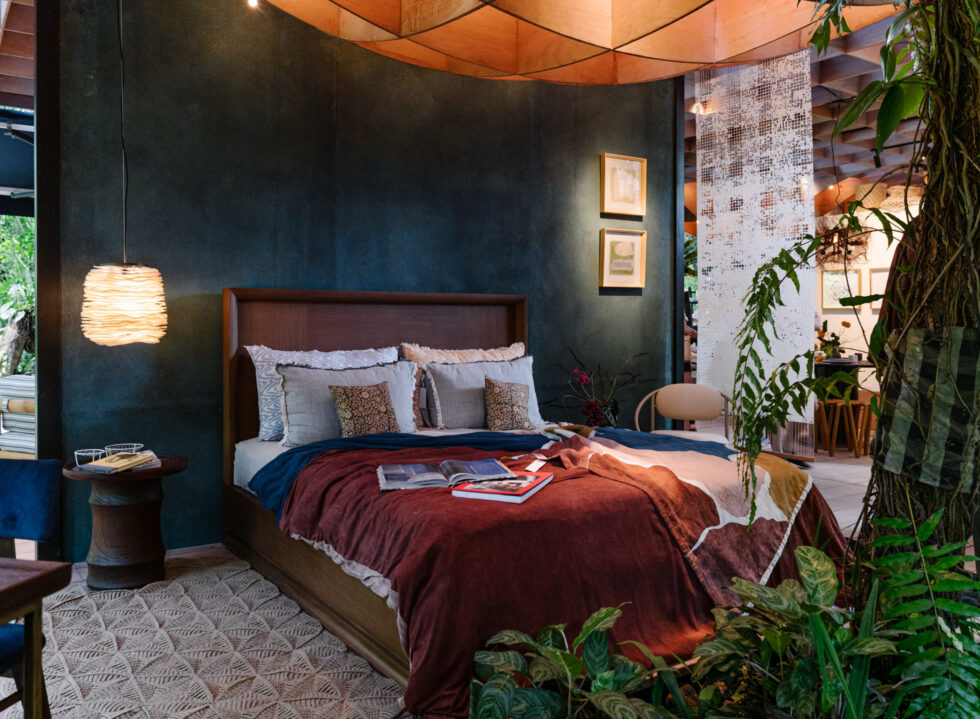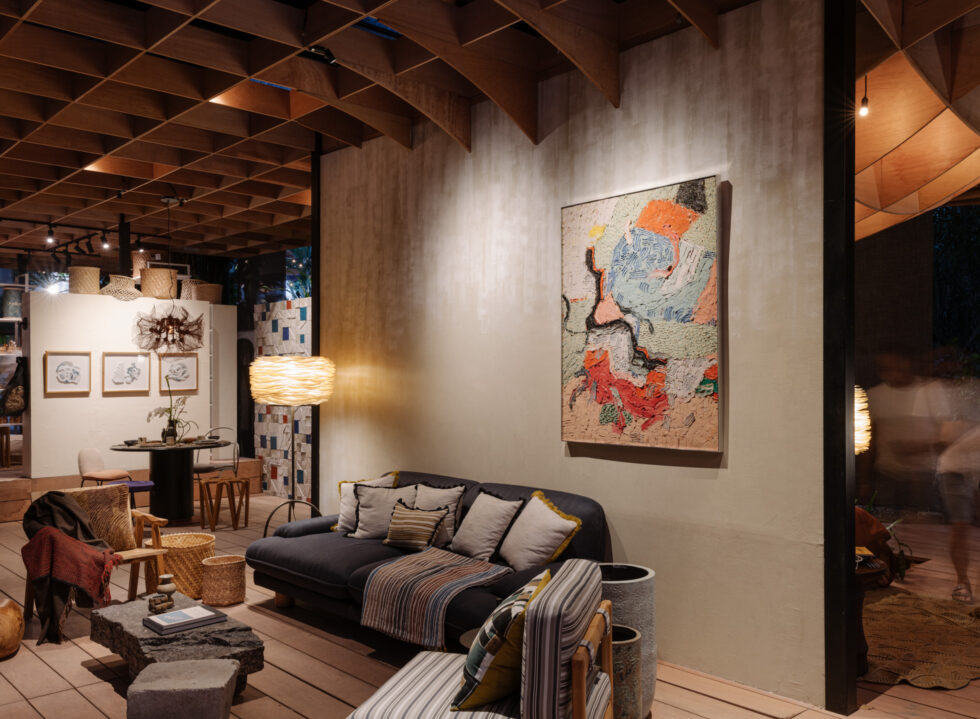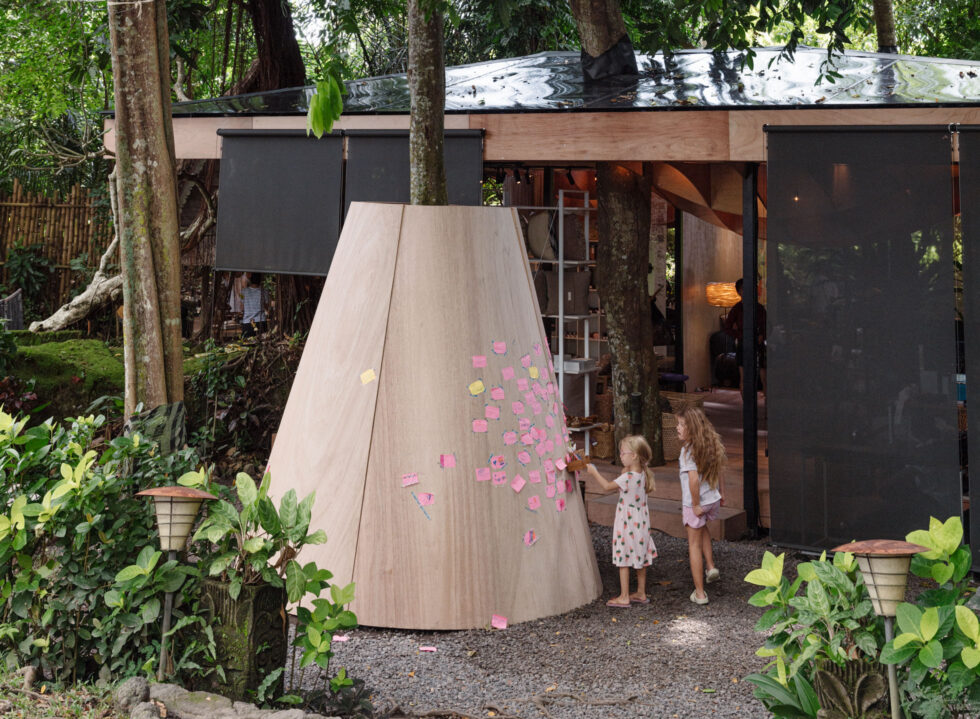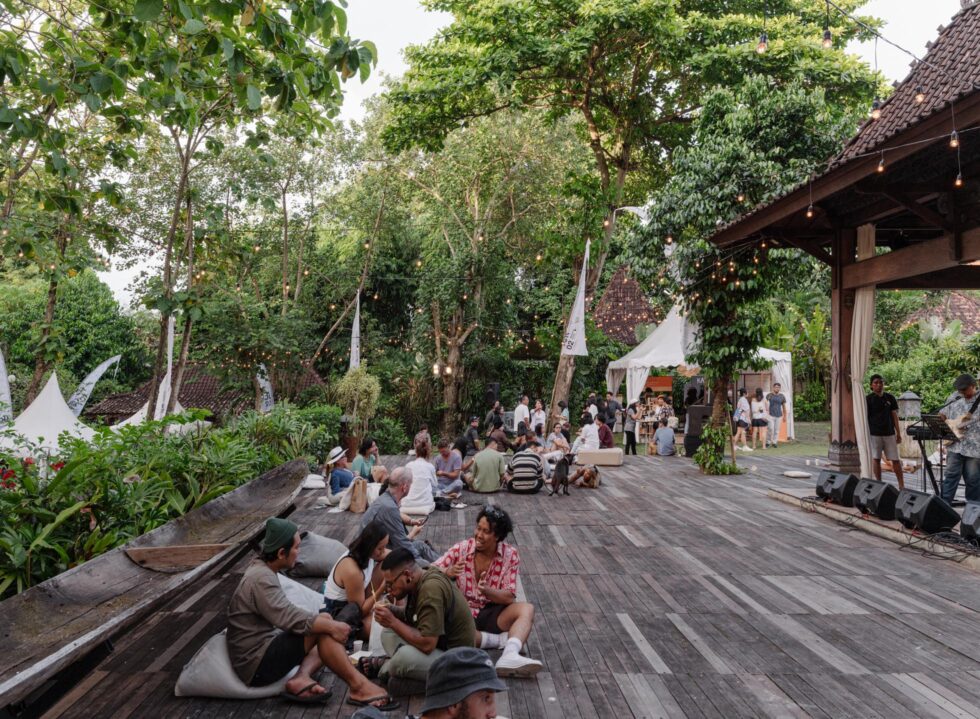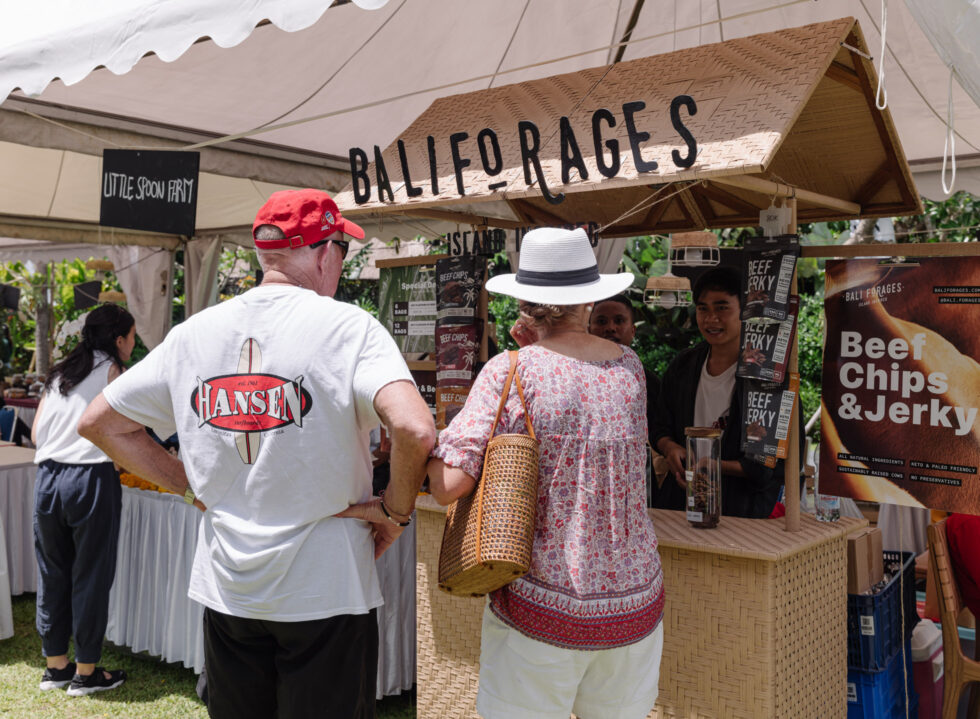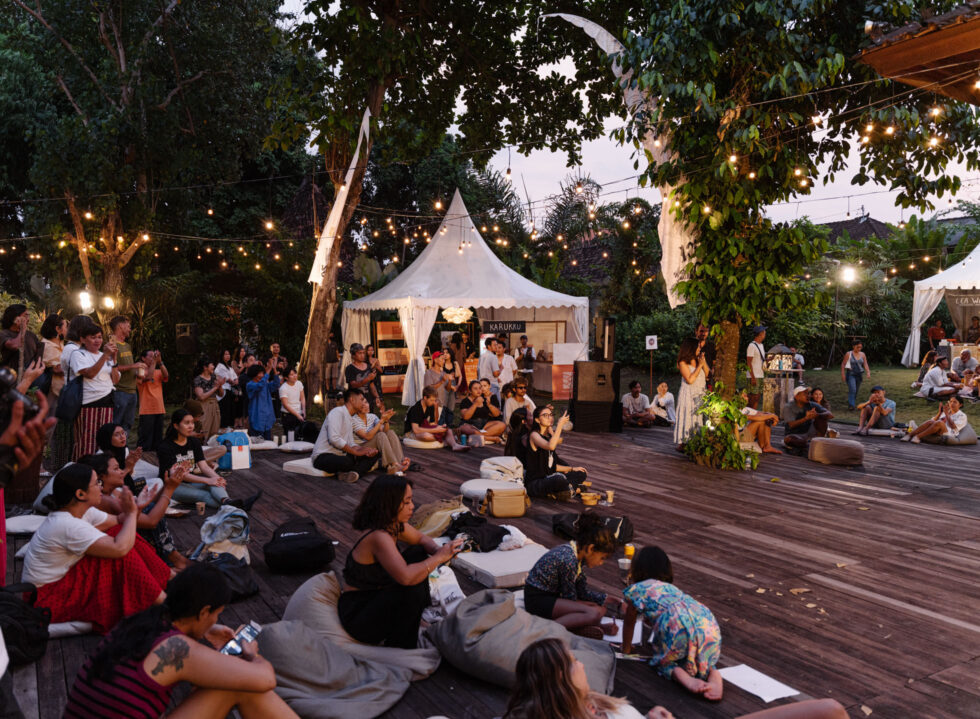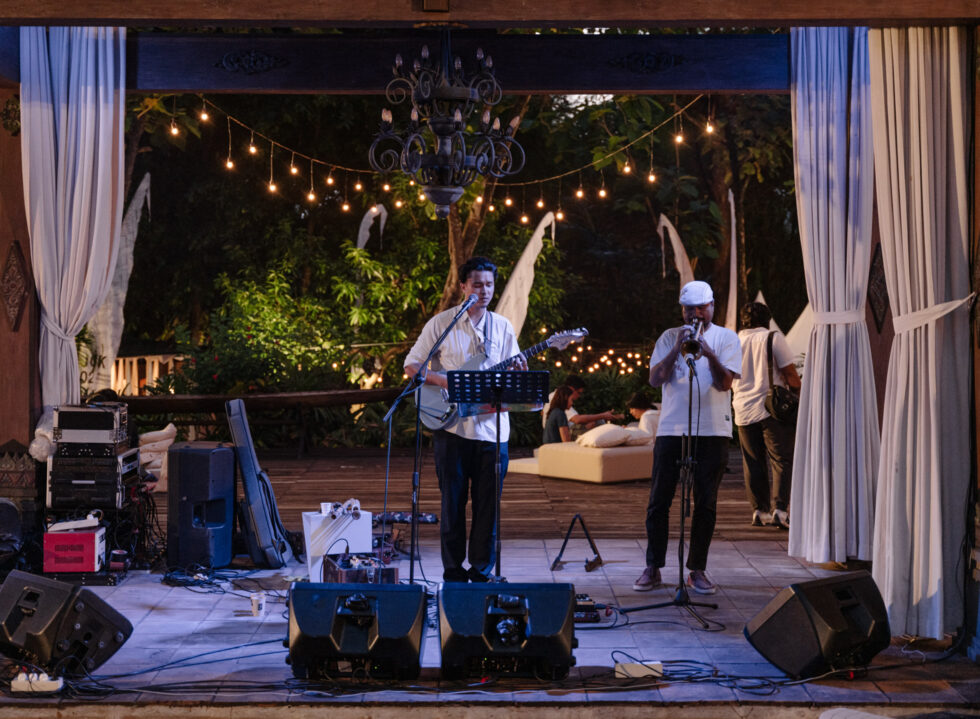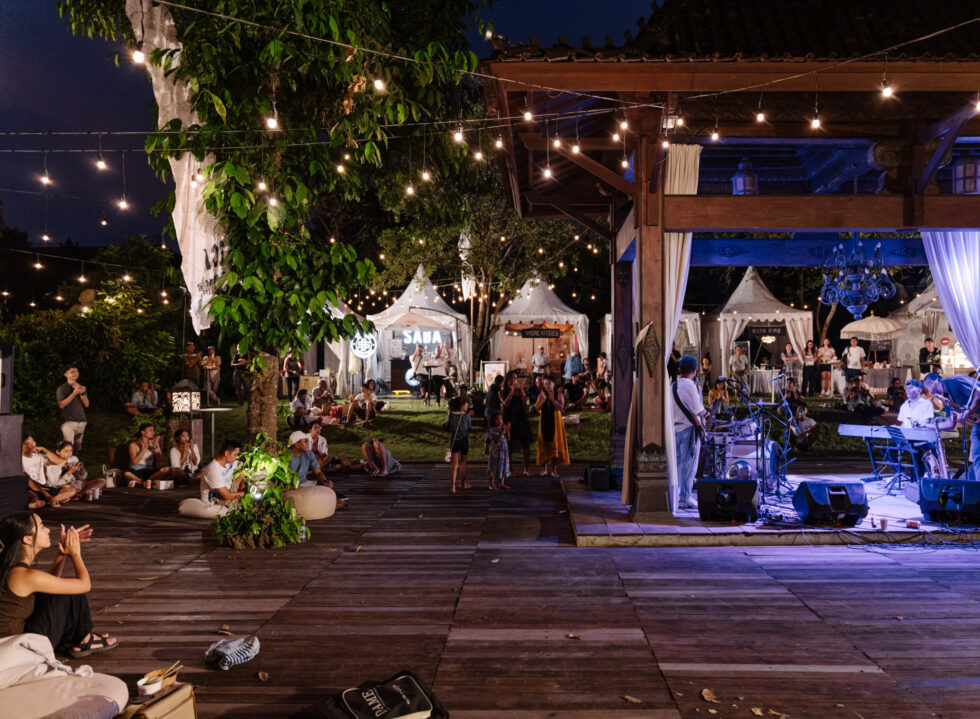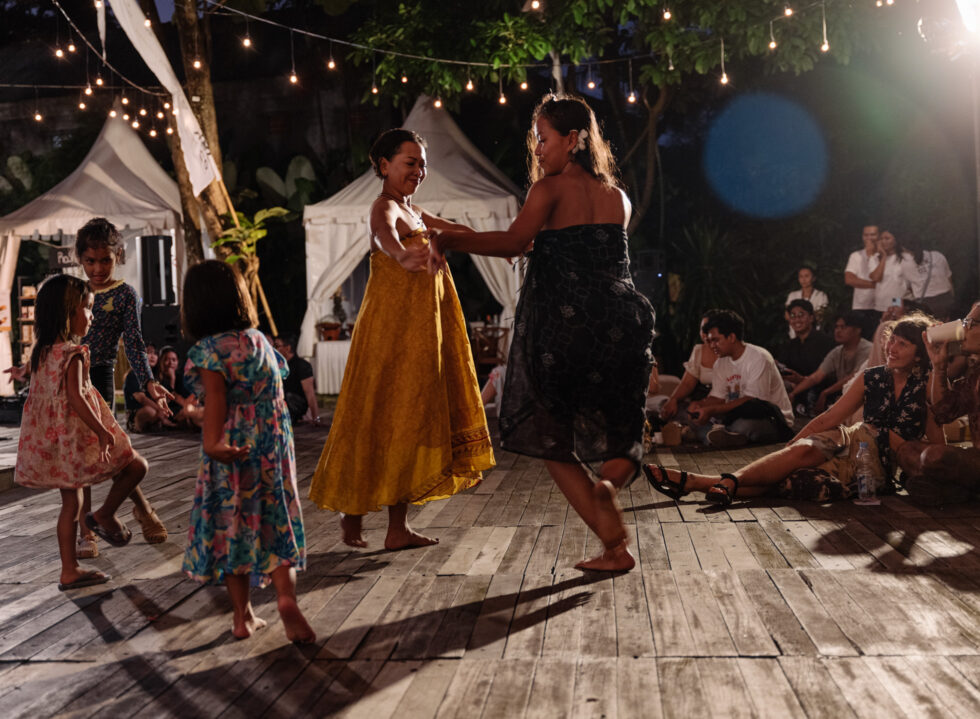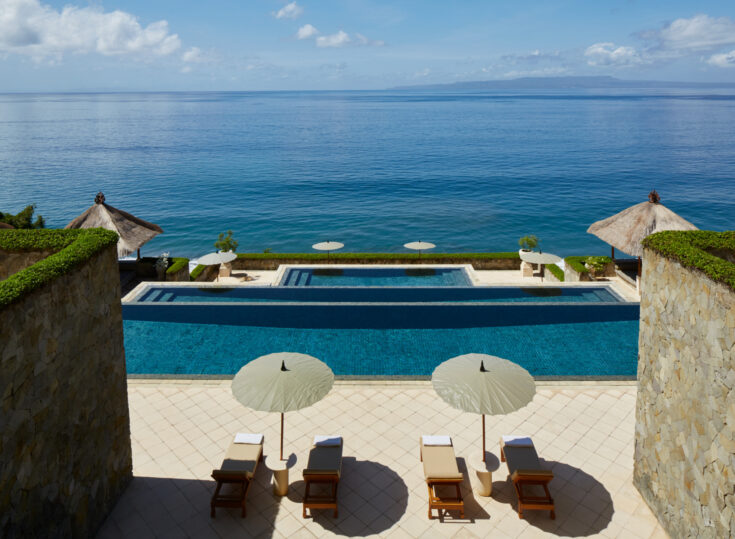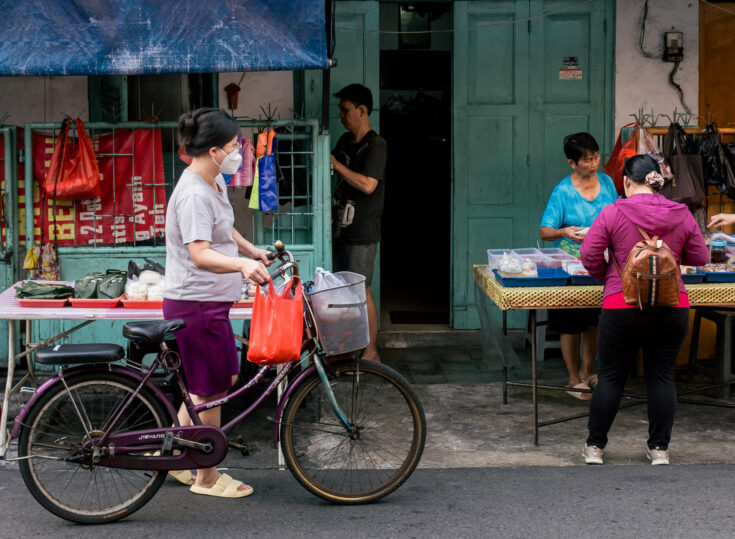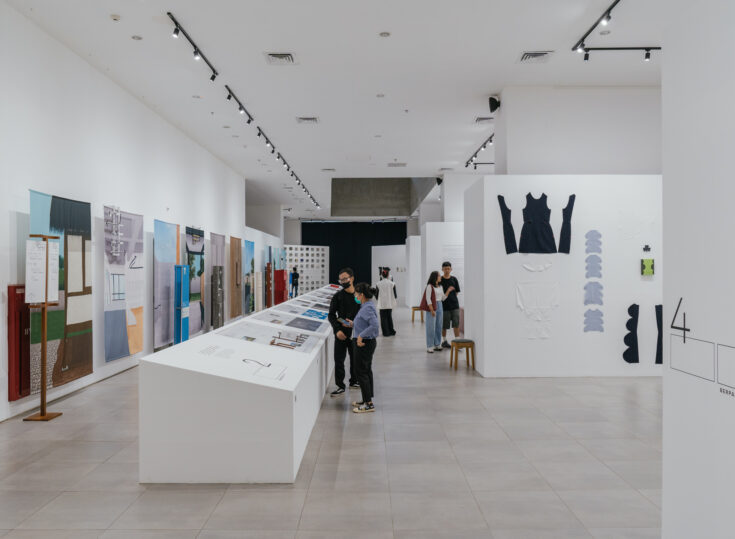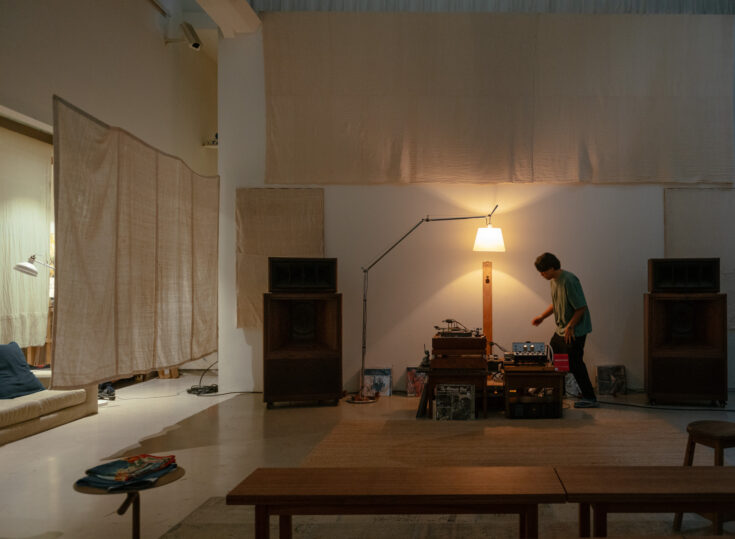At Jiā by OCK, everything is built around the meaning of home through the lens of co-founders Budiman Ong and Rudi Winata. This is true for the displayed products at the brand’s Bali stores, be it their own collections or handpicked local brands, as well as their curation of workshops and events—the latter is amplified with a full experience through Jiā Curated Kiosks.
Returning to Plataran Canggu in Bali from 9 to 11 December, Jiā Curated Kiosks 02 transformed the resort’s mini jungle into a pavilion slash design exhibition and creative festival that took on the theme ‘Material Alchemy’. Taking over a larger space and bringing almost double the number of brands and tenants compared to its first iteration, the market echoes the same driving spirit of community, with a more ambitious goal.
“The way I see it, material alchemy doesn’t only apply to product design. It’s in cooking and music too. And we see the need and value of providing a space for creatives to collaborate and share their own interpretations of it. Jiā is all about storytelling after all,” mused Budiman Ong, co-founder of Jiā by OCK and organiser of the event.
Focused more heavily on the experience of design within space, this time round, the main attraction is directed towards the presence of the Jiā Pavilion. Designed by I Ketut Dirgantara of Ubud-based DDAP Architect, the wood-clad pavilion was designed to harmoniously integrate with the tropical nature and spiritual oasis of the resort. “It felt really important to keep the integrity of the landscape and ground the design to reflect that. The structure embraces the surrounding trees and temple and is shaped in a way that fits into the environment.”
Within the open-air pavilion, visitors were offered the experience of connecting with the ideal vision of home as visualised by local brands and artisans. The mix of styles thoughtfully arranged by Yang Yang Hartono, co-founder of textile brand Rumpun Maison and one of the organisers of the event, accentuates the room, from a handmade side table sculpted out of natural stone by Bali-based Singaporean designer Maverick Lee and a newly-released ‘Kentang’ lamp made with banana fibre paper by Budiman’s eponymous brand Ong Cen Kuang to hand-built ceramics that celebrates imperfect shapes by Asat Pottery and The Pot Cartel.
Elsewhere, the theme is stretched further through explorative designs that hone on material manipulation: A speaker developed out of cow dung and plastic waste by Bandung-based researcher and designer Adhi Nugraha drew a lot of attention. Lana Daya‘s earth-toned handwoven textiles add an intimate feel to the bedroom. Kalpataru‘s multi-purpose solid teakwood stones double as a side table slash stool. While it sparks new ideas for home decor, each piece also adds to the growing conversation of alternative materials and the objects we surround ourselves with.
The three-day event also encouraged a creative exchange in the form of interactive workshops, from learning the basic steps of hand-poured candle making with Umah Living and an introduction to natural dyes via indigo-dyeing with Pagi Motley, to a cocktail-making class using Indonesian spirits from Sababay Distillery. In between workshops and showcases, the crowd can be seen flocking to the mini jungle area where they were greeted with live music and new crops of F&B establishments, including Karukku‘s fermented palm-based drinks and a Madanonese spread by Lea Woku that sits alongside familiar favourites.
Even with a design-centred approach, the flow of the event was inclusive without compromising its integrity; between families lounging on cushions on the grass nibbling on picnic bites, friends dancing along to the live music, couples squeezing an afternoon nap with their furry friends in the shade and an excited group of curious children eager to try out all the workshops—the mixed crowd seemed to confirm the event’s versatility and saw visitors leaving with a heightened appreciation and perhaps a new skill or two.
Yet even with so much going on, Jiā Curated Kiosks 02 did well in carrying visitors back to its anchoring value: an appreciation of homegrown talents while also casting a new and exciting way of looking at design and craftsmanship.
